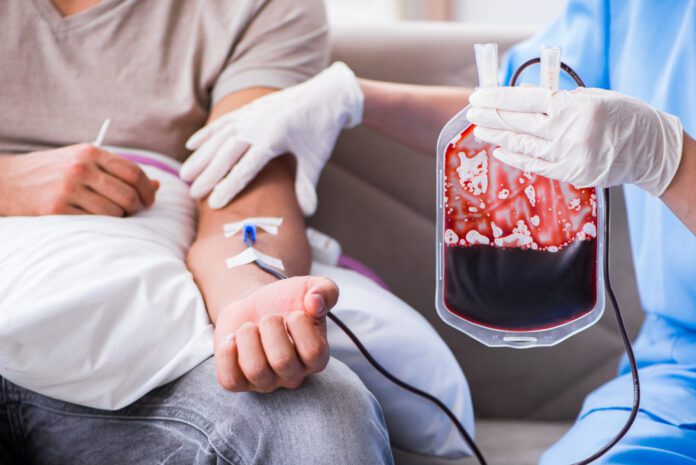Do you know what major diseases are on rise in Pakistan, blood donate.
THE IMPORTANCE OF BLOOD DONATE
Donate blood is a lifeline in an emergency and for patients who require long-term therapy. Many people would not be living today if blood donors had not willingly donated their blood. There are numerous advantages of donating blood to individuals in need. Blood is the most valuable gift anyone can give another life. A decision to donate blood can save a life, or possibly several live if your blood is separate into its constituents — red blood cells, platelets, and plasma — and utilized specifically for patients with specific illnesses.
Major Diseases in Pakistan Requiring Blood Donate:
- Thalassemia
- Hemophilia
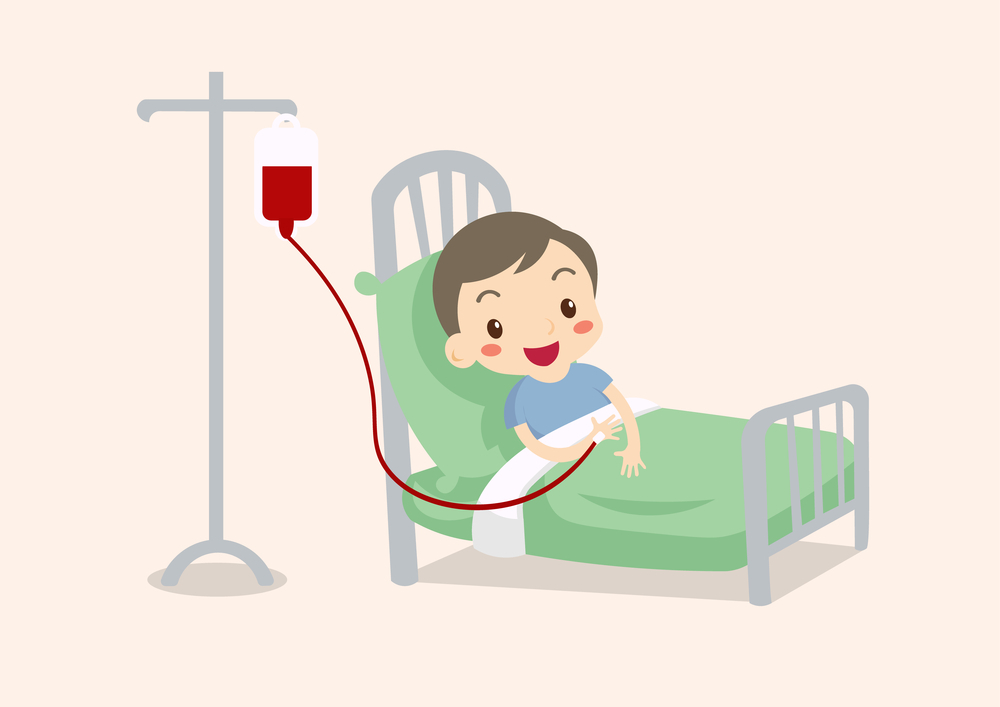
About Thalassemia:
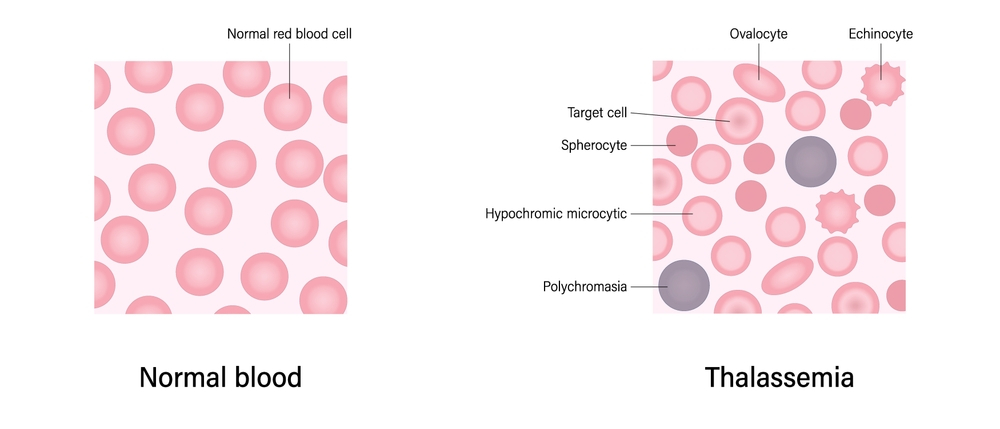
Thalassemia is a hereditary (pass down from parents to children via genes) blood illness that occurs when the body does not produce enough hemoglobin, a protein that is an essential component of red blood cell. Thalassemia is a curable condition that can be effective manage with blood donate and chelation therapy.
About Hemophilia:
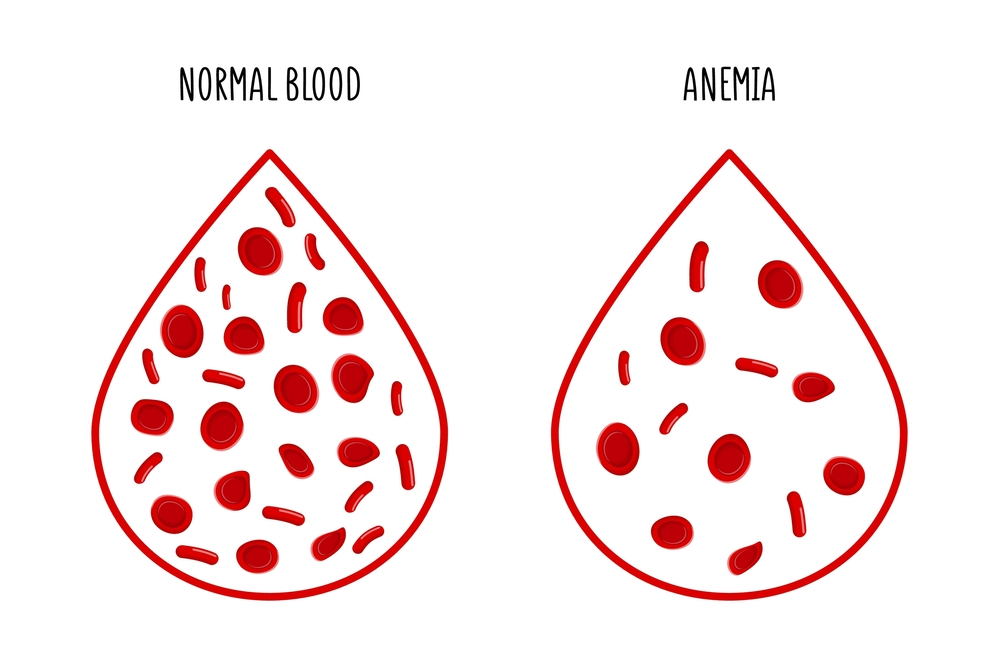
Hemophilia is a genetic bleeding disorder in which the blood fails to clot normally. This can result in both spontaneous and post-injury or surgical bleeding. Blood includes several proteins known as clotting factors that can aid in the prevention of bleeding.
These diseases necessitate costly therapies and specialized care, which are only provided in a few hospitals across the country. Early detection of thalassemia is critical since an early transplant can allow the patient to live a normal life. Delays in therapy lead to increased deficits and problems in hemophilia.
Types of Blood Donations
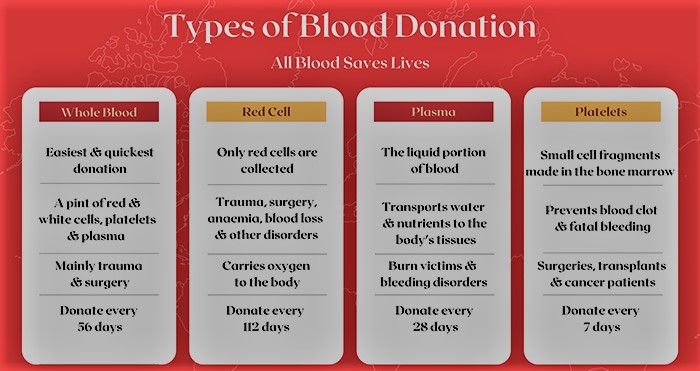
-
Whole Blood Donation
The most adaptable type of donation is whole blood. When divides into individual component of red cells, plasma, and platelets, it can be transfused in its original form or used to aid many patients. Find out more about whole blood donation.
Who it benefits: Trauma victims and persons having surgery are commonly given whole blood.
Time: It takes around an hour.
Blood Type: All blood types are suitable.
Donations Frequency: Every 56 days, up to six times each year.
-
Power Red Donation
During a Power Red donation, you offer a concentrated dosage of red cells, the portion of your blood that is utilized every day for individuals who require transfusions as part of their Treatment. This sort of donation employs an automated process that separates your red blood cells from the other blood components before returning your plasma and platelets to you in a safe and comfortable manner.
With just a few minutes extra at your appointment, you can donate more red cells and have a greater impact on patients in need. Find out more about Power Red contributions.
Who it benefits: Power Red donations of red cells are often given to trauma patients, babies and emergency transfusions during birth, those with sickle cell anemia, and anyone suffering from blood loss.
Time it takes: About 1.5 hours
Ideal blood types: O positive, O negative, A negative, and B negative
Donation frequency: Every 112 days, up to 3 times/year
Height/Weight requirements: See specific details
-
Platelet Donation
Platelets are blood cells that form clots and halt bleeding. Platelets are most commonly used by cancer patients and others who are suffering from life-threatening illnesses or accidents.
An apheresis machine gathers your platelets along with some plasma during a platelet donation, returning your red cells and the majority of the plasma to you. A single platelet contribution can produce many transfusable units, whereas a single transfusable unit of platelets requires approximately five whole blood donations.
Platelets are only collected in Red Cross donation centers and not at blood drives. Find out more about platelet donations.
Who it benefits: Platelets are essential components of cancer therapies, organ transplant surgeries, and other surgical procedures.
Time it takes: About 2.5-3 hours
Ideal blood types: A positive, A negative, B positive, O positive, AB positive and AB negative
Donation frequency: Every 7 days, up to 24 times/year
-
Plasma Donation
A component of blood is use to treat people in emergency case. Anyone, regardless of blood type, can get AB plasma. Plasma is collect uses an automated technique that separates plasma from other blood components before returning your red blood cells and platelets to you safely and pleasantly. AB Elite maximizes your gift and just takes a few minutes longer than blood donation.
Plasma is collected at a limited number of Red Cross donation facilities. Find out more about plasma donation.
It is beneficial to: AB Plasma is used to assist stop bleeding in emergency and trauma circumstances.
Who it helps: AB Plasma is used in emergency and trauma situations to help stop bleeding.
Time it takes: About 1 hour and 15 minutes
Ideal blood types: AB positive, AB negative
Donation frequency: Every 28 days, up to 13 times/year


